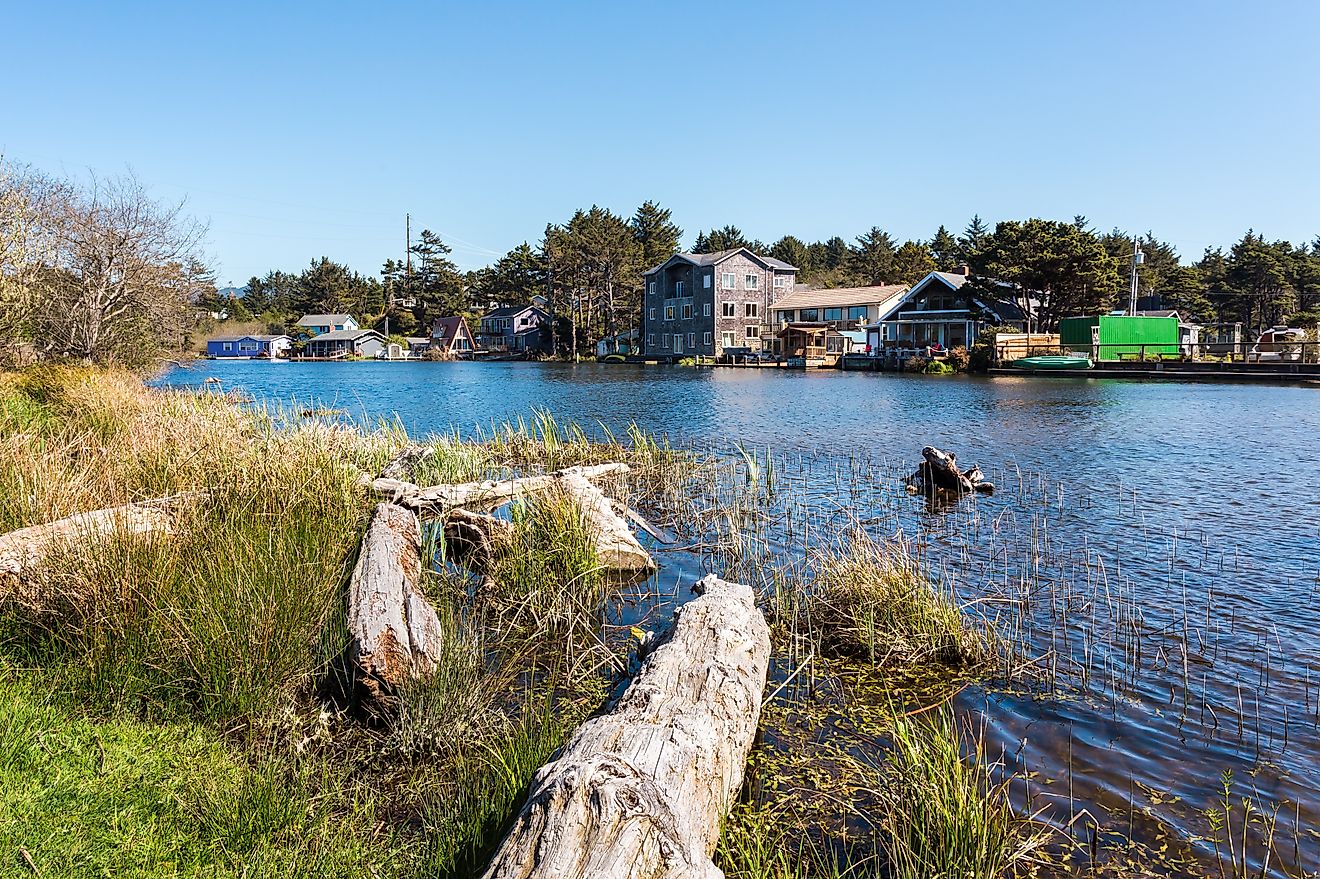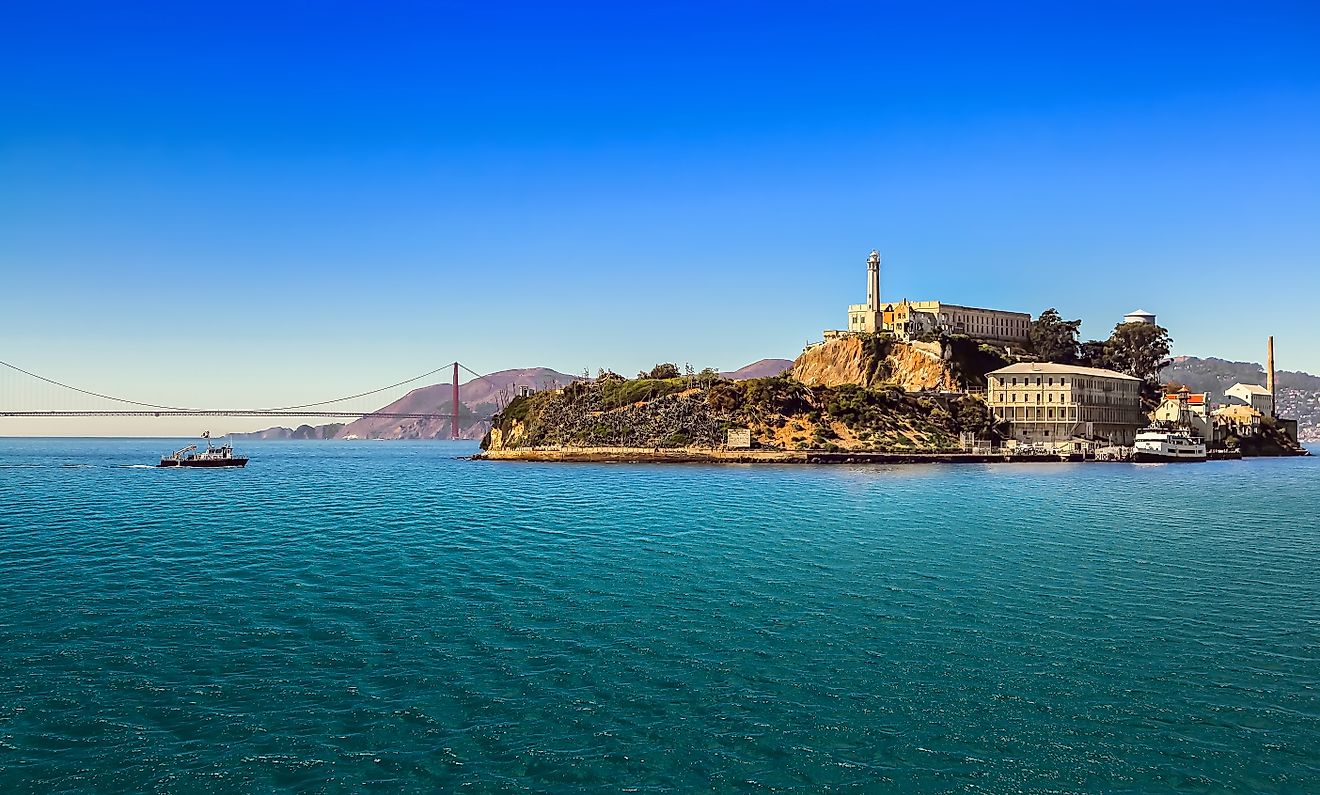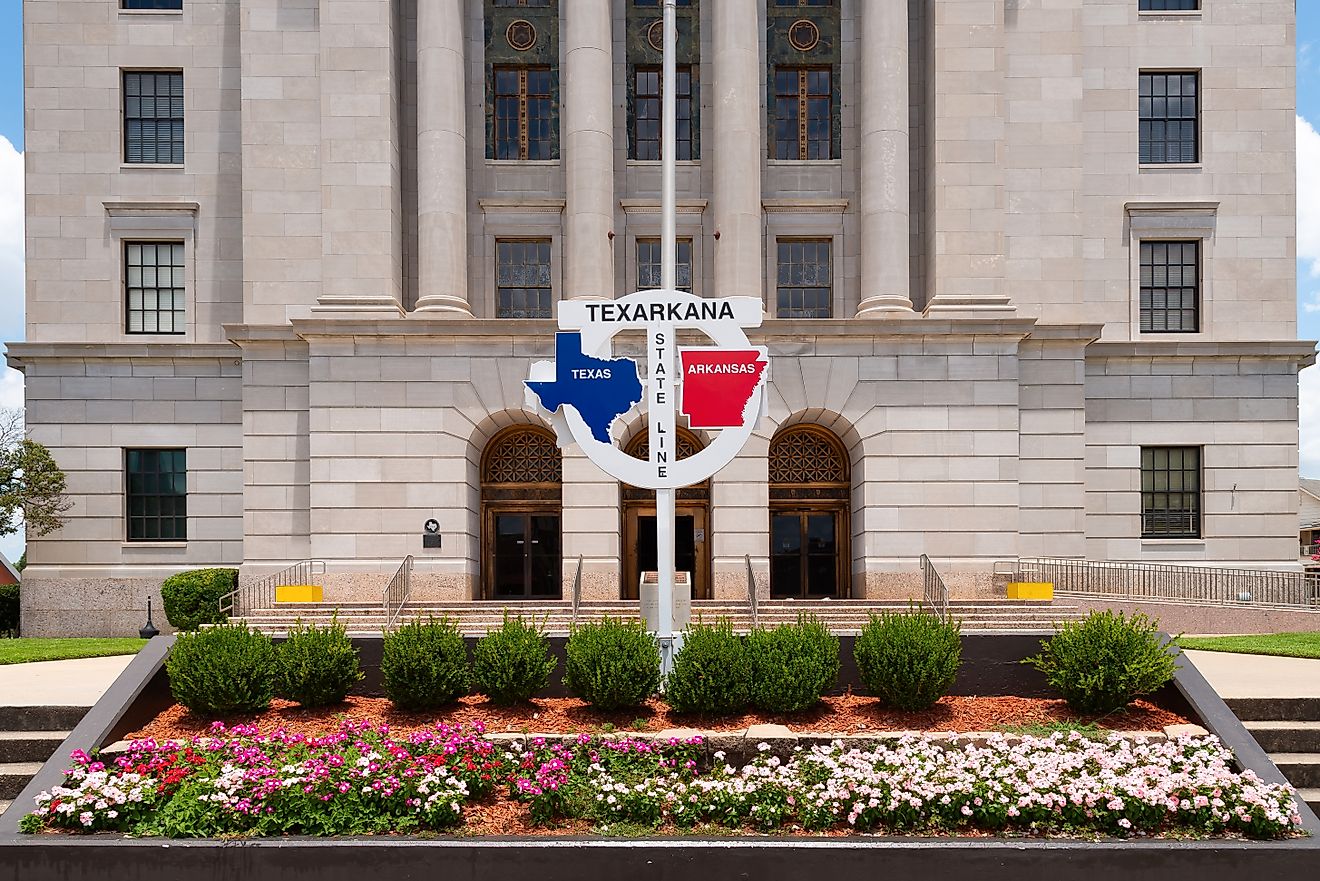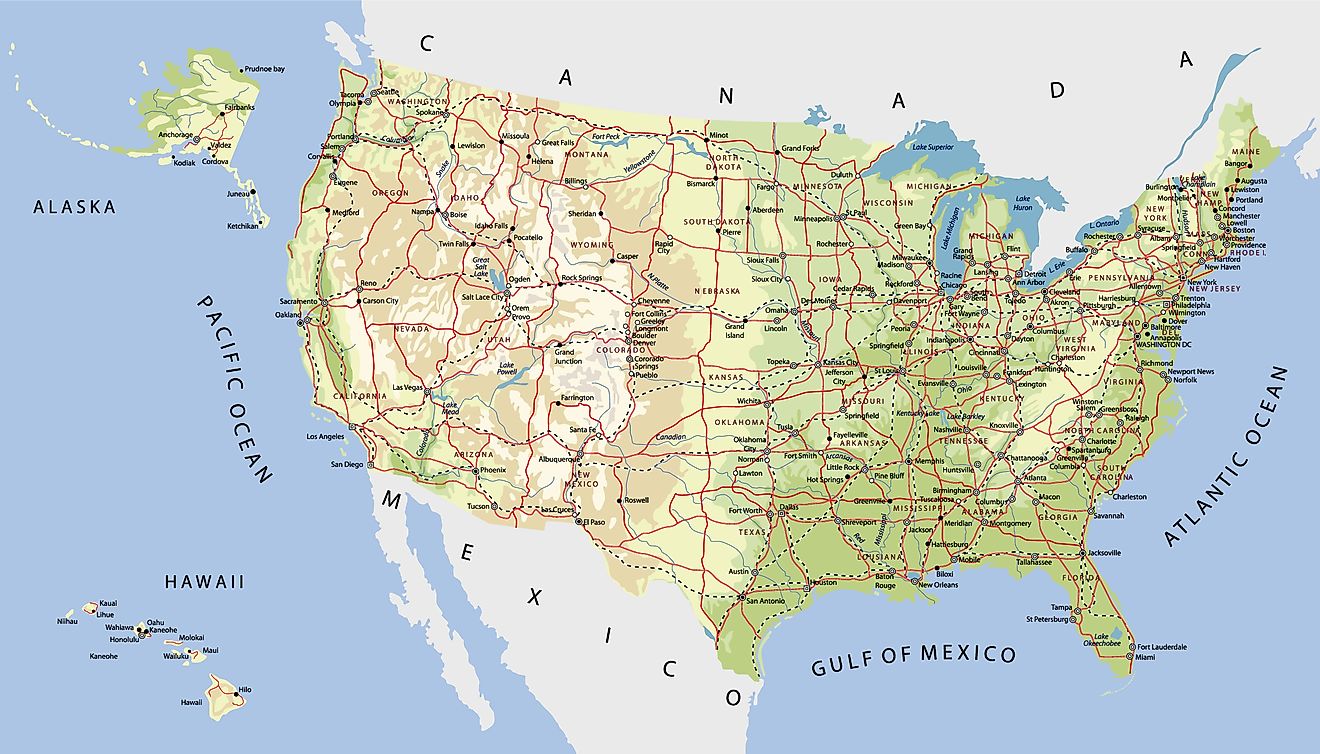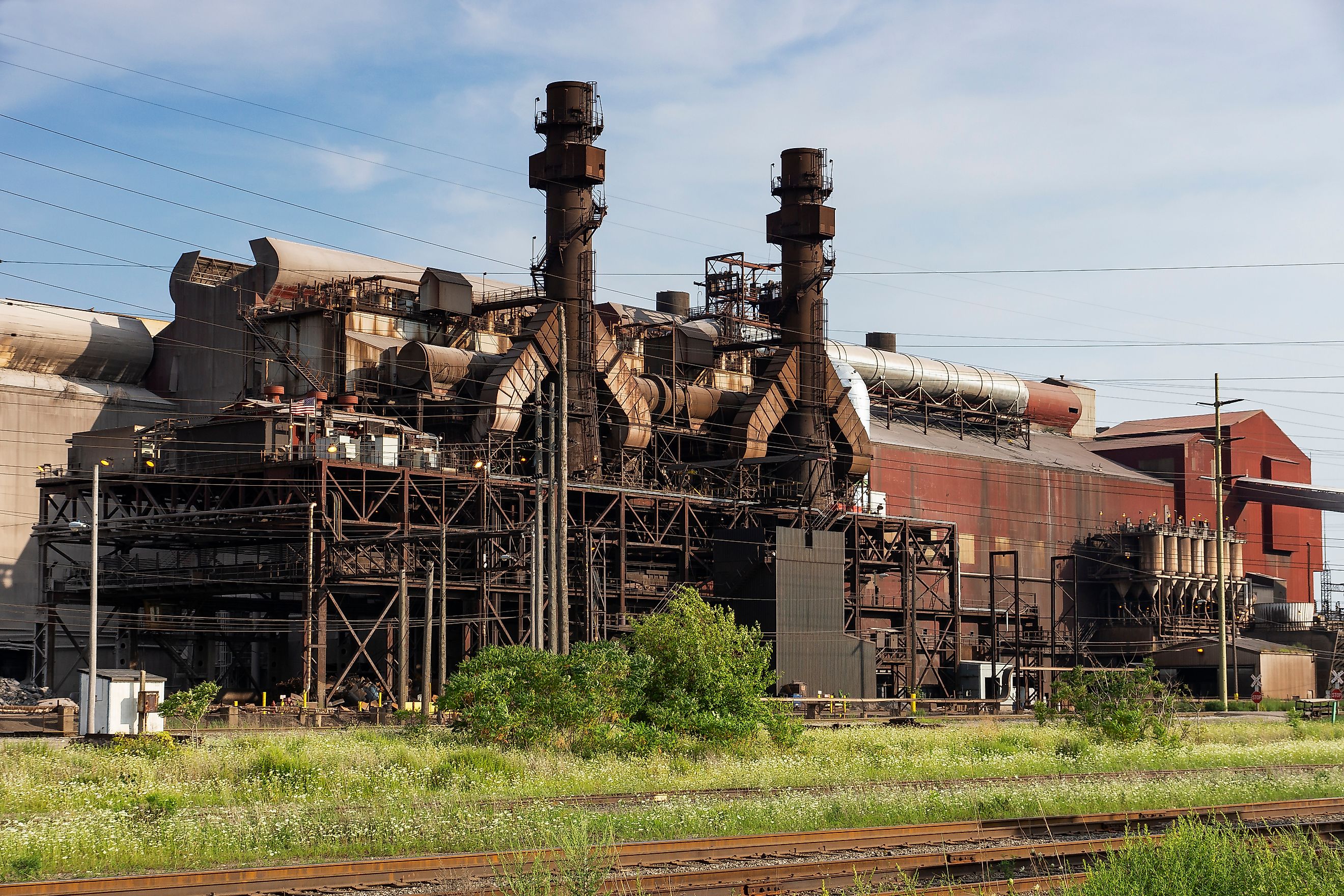
Which US States Make Up the Rust Belt?
The Rust Belt is more than just a nickname. It represents a region of the United States with a rich industrial history, a legacy of manufacturing dominance, and a cultural identity shaped by hard work, economic shifts, and resilience. Stretching across the northern and midwestern states, the Rust Belt once fueled the nation’s rise as a global industrial power. Today, it is a patchwork of revitalized cities, shuttered factories, and communities that are reinventing themselves in the wake of economic change.
Understanding which states make up the Rust Belt requires a dive into geography, history, and industry. While definitions vary slightly depending on the context, the core Rust Belt spans portions of the Midwest and Northeast, covering key industrial hubs where steel, automotive, and heavy manufacturing once thrived.
The Heart of the Rust Belt

Ohio, Pennsylvania, and Michigan form the industrial backbone of the Rust Belt.
Ohio
Ohio has a long manufacturing tradition, from steel mills in Cleveland to auto factories in Toledo. Cities like Akron were once the epicenter of the tire industry, earning it the nickname “Rubber Capital of the World.” Today, Ohio combines remnants of its industrial past with emerging technology and logistics sectors.
Pennsylvania
Pennsylvania represents both the historical and symbolic center of the Rust Belt. Pittsburgh, long associated with steel production, transformed after the decline of the steel industry into a hub for education, healthcare, and tech. Philadelphia and Erie also played roles in manufacturing and shipping, tying the state to both the industrial economy and the Great Lakes trade network.
Michigan
Michigan stands as a pillar of automotive history. Detroit, the Motor City, once housed the giants of American car manufacturing, shaping the city’s identity and the global auto industry. Flint, Lansing, and Grand Rapids were also industrial centers, specializing in auto parts, furniture, and appliances. Michigan’s contribution to the Rust Belt lies in its combination of heavy manufacturing and cultural impact, particularly in labor movements and innovation in automotive technology.
The Midwest Extension
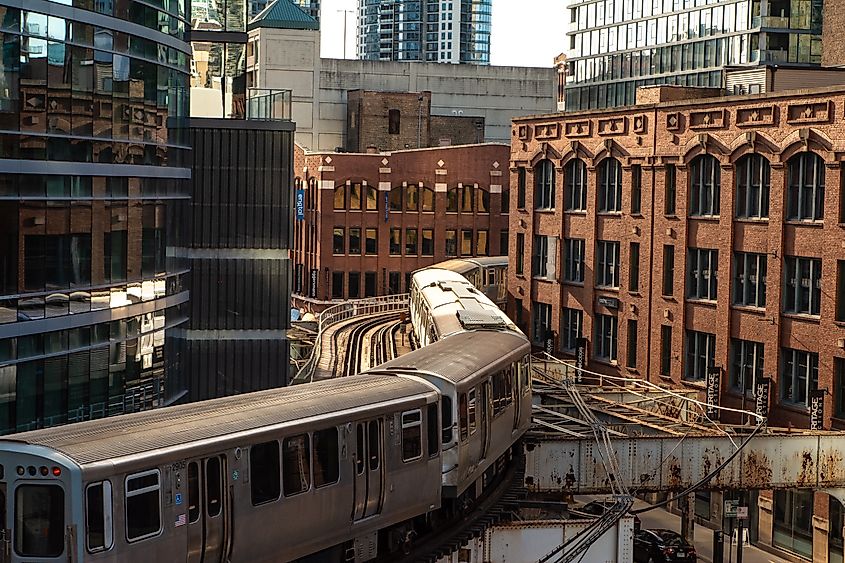
Beyond the core, the Rust Belt stretches into parts of Indiana, Illinois, and Wisconsin, highlighting the industrial network that linked the Great Lakes region.
Indiana
Indiana saw growth in steel, automotive, and ceramics. Cities like Gary became steel-producing powerhouses, while Indianapolis diversified into logistics, pharmaceuticals, and tech in the late 20th century.
Illinois
Illinois features Chicago as its major hub, historically a center for meatpacking, steel, and railroads. Surrounding areas, including Rockford and Peoria, contributed with heavy manufacturing, machinery, and automotive parts, reinforcing Illinois’ place in Rust Belt geography.
Wisconsin
Wisconsin added specialized manufacturing, particularly in machinery, paper, and dairy-related equipment. Milwaukee emerged as a brewing and industrial center, with factories and shipyards lining the city’s lakeshore. Wisconsin’s role in the Rust Belt emphasizes the diversity of industry beyond steel and automobiles.
Northeastern Outposts
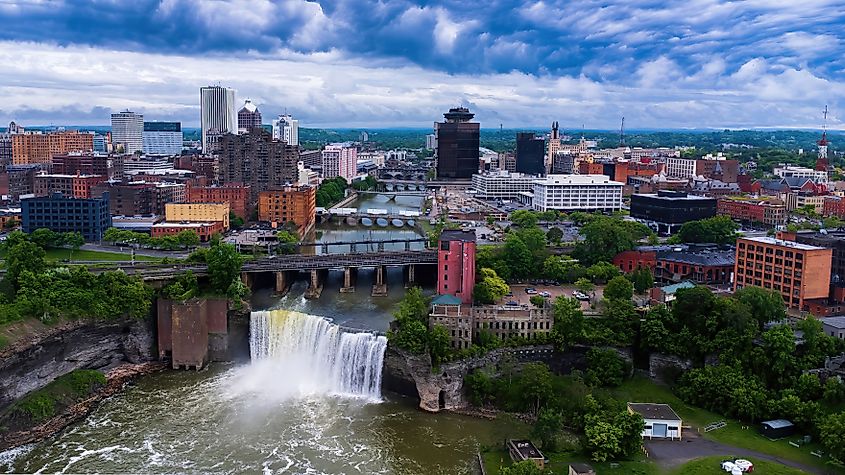
Parts of New York and New Jersey are sometimes included in the Rust Belt, particularly upstate New York. Buffalo, Rochester, and Syracuse were industrial hotspots. Buffalo benefited from shipping along the Erie Canal and proximity to the Great Lakes. Rochester earned its place in photographic and imaging history with companies like Eastman Kodak, while Syracuse specialized in manufacturing and salt production.
New Jersey’s industrial hubs, including Paterson and Camden, contributed to textiles, chemicals, and shipping industries. While the state often aligns more with the Northeast corridor economically, its northern industrial towns tie it to the Rust Belt story.
Factors Behind the Rust Belt Identity
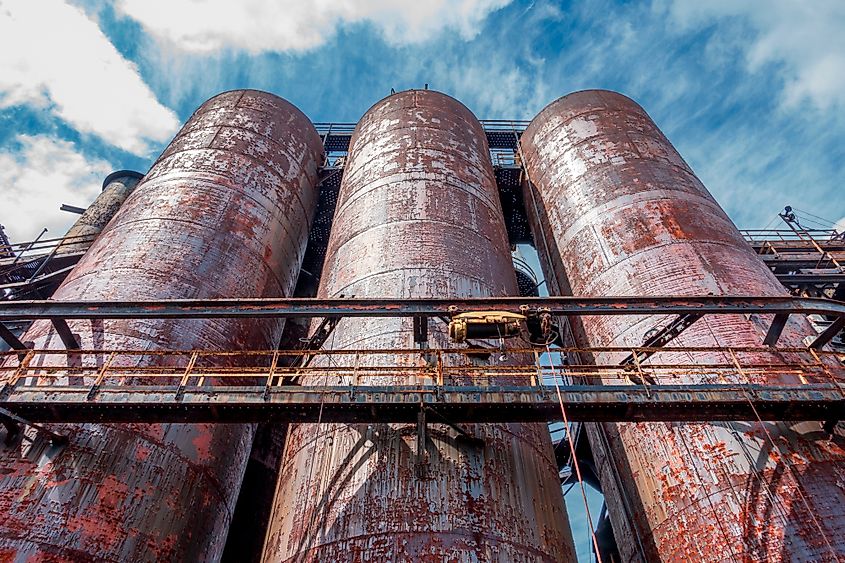
The Rust Belt owes its name to the decline of heavy industry. During the mid-20th century, deindustrialization, automation, and globalization led to widespread factory closures. Steel mills cooled, automotive plants shuttered, and entire communities faced economic decline. Rust became a visible marker of this transformation, symbolizing both physical decay and economic challenge.
Population trends also reflect the Rust Belt’s story. Many urban centers experienced outmigration as residents sought opportunities elsewhere. Suburban growth and shifts in employment left downtown areas struggling, though revitalization efforts in cities like Pittsburgh, Cleveland, and Detroit show resilience and reinvention.
The cultural impact of the Rust Belt remains strong. Labor unions, manufacturing heritage, and blue-collar work ethic define much of the region’s identity. Local cuisine, sports fandom, and music scenes reflect industrial roots and community pride, keeping the Rust Belt distinct from other regions in the US.
Modern Rust Belt: Reinvention and Opportunity
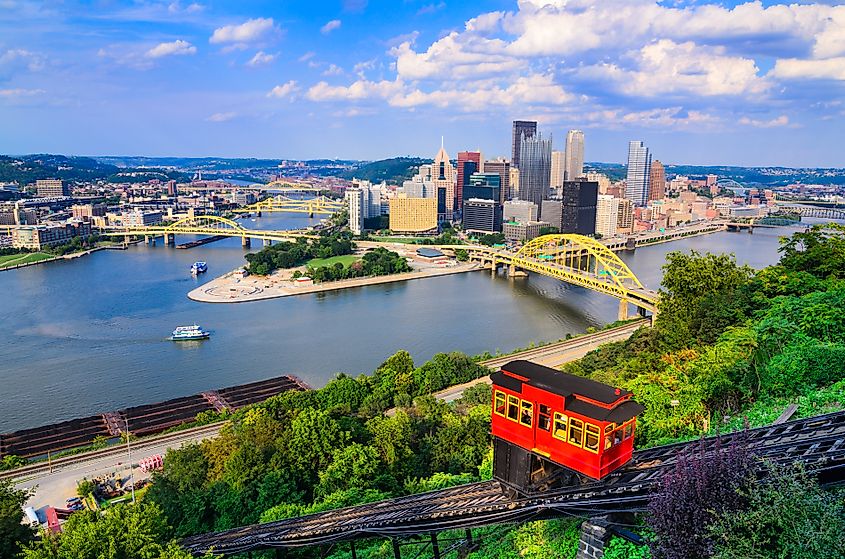
Despite challenges, the Rust Belt is not frozen in decline. Cities have embraced technology, healthcare, education, and entrepreneurship as paths forward. Pittsburgh transitioned from steel to tech and healthcare, attracting startups and research institutions. Cleveland leveraged medical research and education to create jobs and diversify its economy. Detroit has seen revitalization in downtown areas, tech incubators, and cultural institutions.
Investment in infrastructure, historic preservation, and creative industries has sparked new life in many Rust Belt communities. Former factories have become art spaces, residential lofts, and tech hubs, blending industrial history with modern innovation.
Key Cities in the Rust Belt

-
Detroit, Michigan: Automotive legacy, labor history, cultural renaissance.
-
Pittsburgh, Pennsylvania: Steel heritage, technology, and medical research hub.
-
Cleveland, Ohio: Manufacturing roots, cultural institutions, healthcare growth.
-
Buffalo, New York: Shipping, steel, revitalization along Lake Erie.
-
Chicago, Illinois: Meatpacking, railroads, diversified modern economy.
-
Milwaukee, Wisconsin: Brewing, machinery, manufacturing history.
-
Flint, Michigan: Automotive, tire industry, community resilience.
-
Gary, Indiana: Steel production, industrial development.
Understanding the Rust Belt
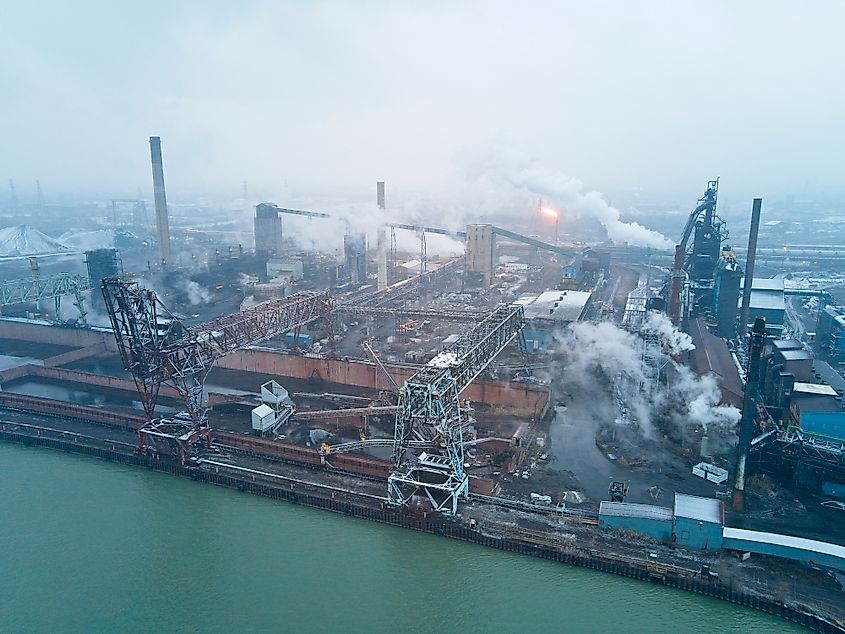
The Rust Belt spans northern and midwestern states with a shared history of industry, innovation, and resilience. Ohio, Pennsylvania, Michigan, Indiana, Illinois, Wisconsin, and portions of New York and New Jersey form the core of this region. Its story is written in steel mills, factories, and labor movements, yet it also reflects adaptation and renewal in the face of economic change. The Rust Belt remains an essential part of American history, culture, and industry, offering lessons on both the power and limits of industrial growth.
Exploring abandoned factories, celebrating cultural heritage, and examining economic shifts all reveal how the Rust Belt reflects the American industrial experience and the evolution of communities built around production and innovation.
US States in the Rust Belt
| State | Key Industrial Cities | Notable Industries |
|---|---|---|
| Ohio | Cleveland, Toledo, Akron, Youngstown | Steel, rubber, automotive |
| Michigan | Detroit, Flint, Grand Rapids | Automotive manufacturing |
| Pennsylvania | Pittsburgh, Erie, Allentown | Steel, coal, manufacturing |
| Indiana | Gary, Fort Wayne, South Bend | Steel, automotive, heavy manufacturing |
| Illinois | Chicago, Rockford, Peoria | Manufacturing, steel, machinery |
| New York | Buffalo, Rochester, Syracuse | Manufacturing, steel, machinery |
| Wisconsin | Milwaukee, Racine, Kenosha | Machinery, manufacturing |
| New Jersey | Newark, Paterson, Trenton | Manufacturing, chemicals |

